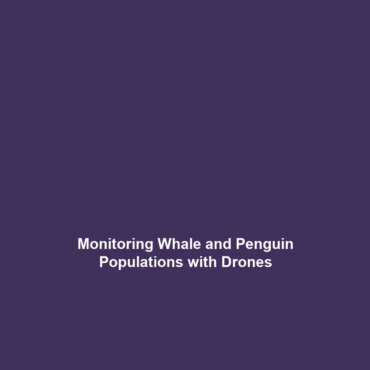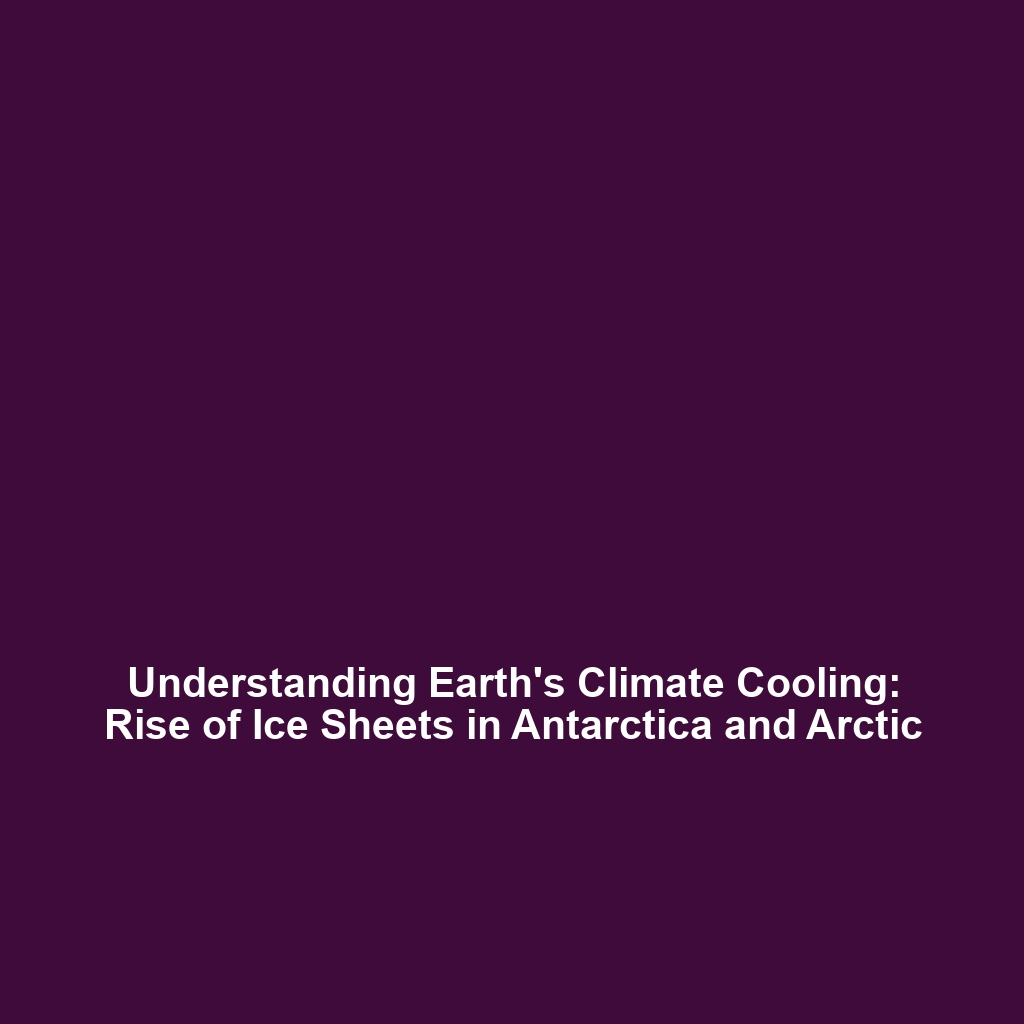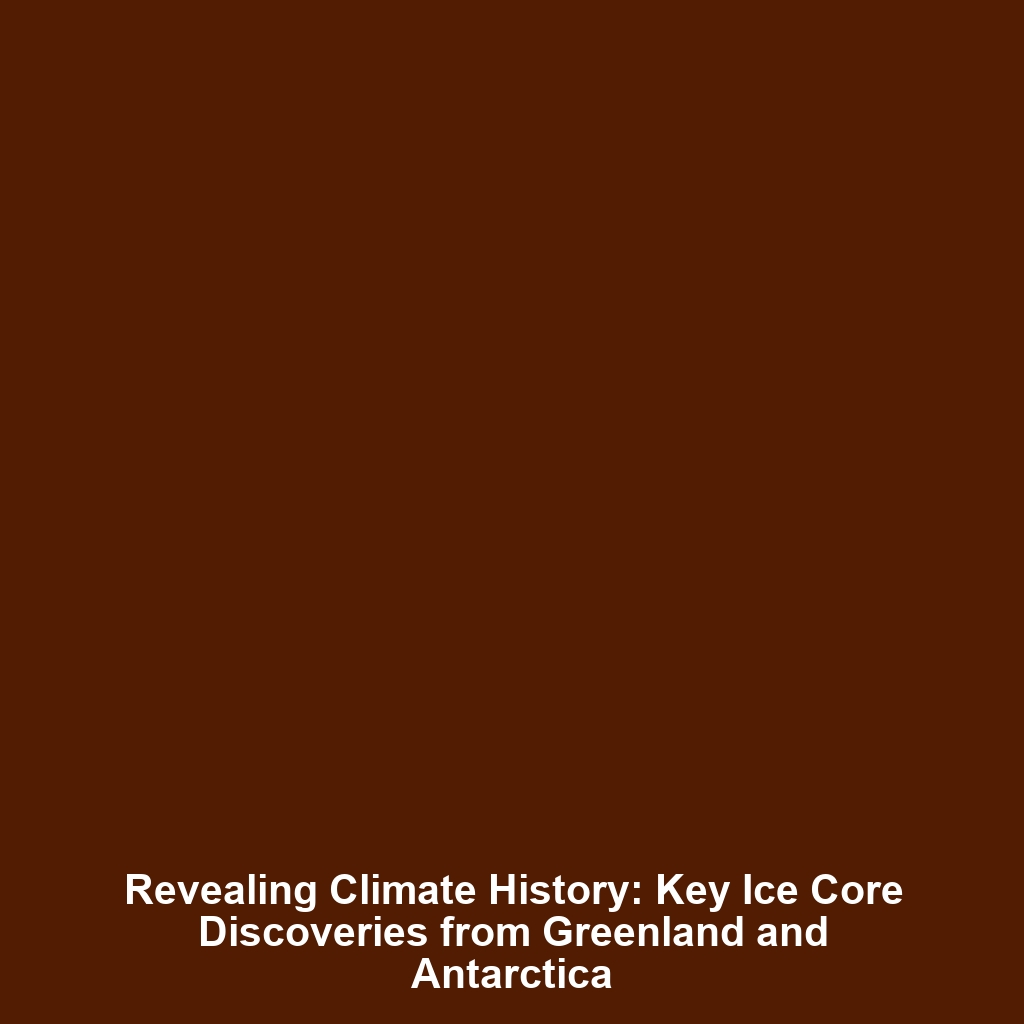Case Studies: Using Drones to Monitor Whale Populations or Penguins in Antarctica
Drones in Science have revolutionized research methodologies, particularly in remote and dynamic ecosystems like the oceans and polar regions. This article examines case studies of using drones to monitor whale populations or penguins in Antarctica, showcasing their significance in scientific research and conservation efforts. Utilizing drones provides researchers with innovative tools to gather data efficiently and effectively, enhancing our understanding of these majestic creatures and their habitats.
Key Concepts
The integration of drones in ecological monitoring is pivotal for studying various animal populations. Drones can cover vast areas quickly and provide high-resolution imagery, which is invaluable for various research initiatives.
1. Remote Sensing and Data Collection
Utilizing drones enables scientists to collect data that would be difficult, if not impossible, to obtain through traditional methods. This includes:
- High-resolution aerial imagery for mapping habitats.
- Infrared technology for understanding thermal dynamics within populations.
- Real-time tracking of animal movements and behaviors.
2. Conservation and Population Analysis
Drones offer significant advantages in conservation efforts, especially in harsh climates like Antarctica. Monitoring the penguin populations provides critical insights into their health and changes in their environment due to climatic shifts.
Applications and Real-World Uses
There are numerous real-world applications of drones in monitoring whale populations and penguins in Antarctica:
- Population Estimation: Drones are deployed to estimate population sizes using visual counts and image analysis.
- Behavioral Studies: Researchers utilize drone footage to observe behaviors without human interference, thus ensuring more natural responses.
- Habitat Mapping: Drones create detailed maps of habitats, enabling better management of conservation programs.
Current Challenges
Despite the promising applications, several challenges of using drones in monitoring whale populations or penguins in Antarctica persist:
- Environmental Conditions: Harsh weather and extreme temperatures can hinder drone functionality.
- Data Management: Processing large volumes of data collected requires sophisticated analytics and can be resource-intensive.
- Regulatory Issues: Navigating airspace regulations in sensitive ecological zones can complicate operations.
Future Research and Innovations
As technology advances, so do the capabilities of drones in science. Future research may focus on:
- Enhanced AI Algorithms: Leveraging AI for better data analysis and decision-making.
- Improved Drone Designs: Development of drones with longer flight times and better resilience to environmental challenges.
- Integration with Other Technologies: Combining drone capabilities with satellite data for a more comprehensive understanding of ecosystem dynamics.
Conclusion
Using drones to monitor whale populations or penguins in Antarctica presents a modern and efficient approach to scientific research. The ongoing advancements in drone technology promise significant contributions to our understanding and conservation of these vital species. To learn more about the applications of drones in science, explore our related articles on the impacts of technology in ecological monitoring and conservation strategies.


